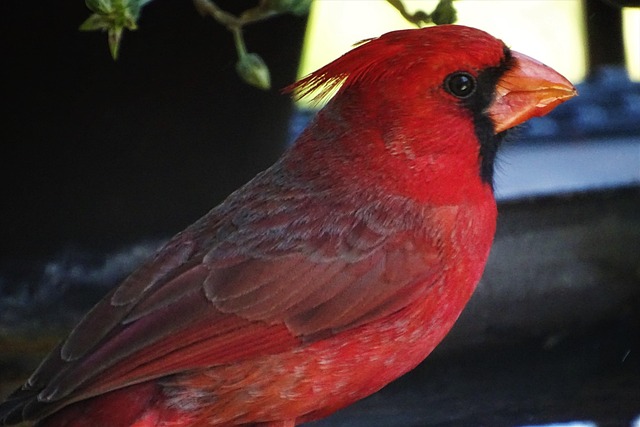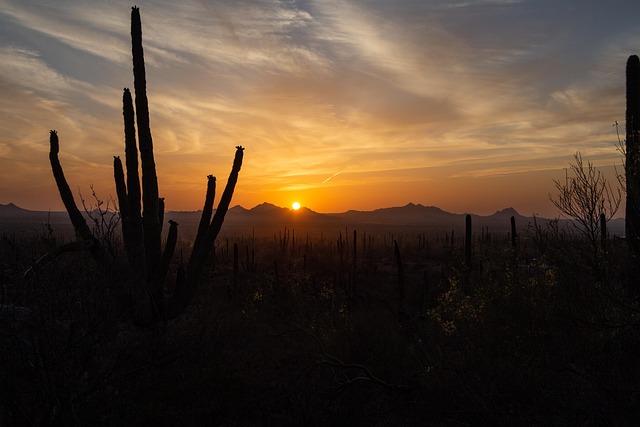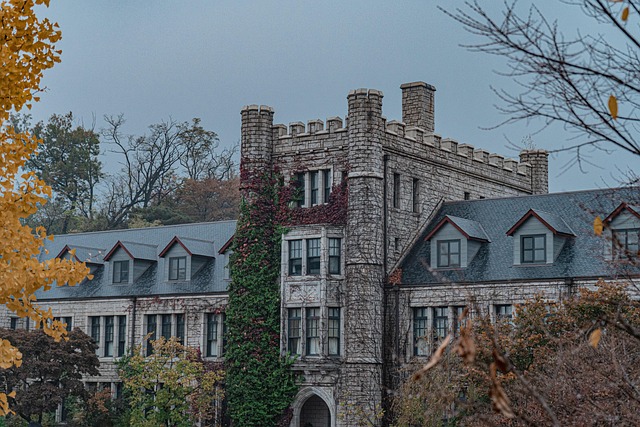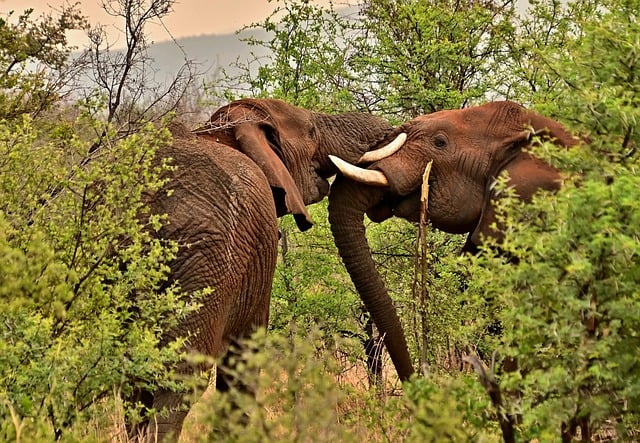Community events celebrating cultural heritage play a crucial role in urban areas, counteracting rapid development by preserving traditions and strengthening social bonds. These festivals, exhibitions, and performances attract residents and tourists, boosting property values and creating unique, appealing neighborhoods. By fostering intergenerational connections and promoting diversity, these events enrich local real estate, enhancing the area's identity as an investment-worthy destination with a thriving community feel.
Community events celebrating cultural heritage play a vital role in shaping vibrant neighborhoods and fostering connections among residents. In today’s diverse real estate market, these gatherings are more than just festive occasions; they are powerful tools for preserving and promoting cultural identity. By organizing inclusive events, communities can enhance property values, attract diverse audiences, strengthen local businesses, and create lasting memories that contribute to a thriving cultural landscape. This article explores the multifaceted benefits of cultural heritage celebrations in real estate and offers practical tips for successful event planning and marketing.
The Role of Community Events in Preserving Cultural Heritage

Community events play a pivotal role in preserving and celebrating cultural heritage, especially in diverse urban landscapes where real estate development often outpaces historical preservation. These gatherings serve as vibrant threads that weave together the rich tapestry of local traditions, fostering a sense of belonging among residents. By organizing festivals, exhibitions, and performances showcasing diverse cultures, communities can educate new generations about their shared history, ensuring cultural continuity despite urbanization’s relentless pace.
Moreover, community events facilitate intergenerational connections, allowing older members to pass down traditions while younger folks gain insights into their heritage. This exchange not only preserves cultural practices but also strengthens social bonds, creating a harmonious and resilient community fabric. In today’s fast-paced world, where cultural homogeneity is a concern, these gatherings are game changers, ensuring that the diverse souls that make up a metropolis continue to dance together in perfect sync.
– Importance of cultural heritage in real estate and neighborhood development

Cultural heritage plays a significant role in shaping the character and appeal of any neighborhood, which has a direct impact on real estate. When developers and urban planners incorporate cultural elements into their projects, they create vibrant, unique spaces that attract residents and visitors alike. This sense of place and history can significantly enhance property values and contribute to the overall success of a community.
Neighborhoods with distinct cultural heritage often become desirable locations, fostering a strong sense of community and belonging. Events celebrating this heritage provide a platform for locals and tourists to immerse themselves in traditions, cuisine, and arts, creating memorable experiences that strengthen the area’s identity. These gatherings can drive local economy growth and promote real estate as an investment tied to a community’s rich tapestry.
– How community events foster a sense of belonging and identity

Community events celebrating cultural heritage play a pivotal role in fostering a sense of belonging and identity, especially within diverse urban landscapes. These gatherings bring together folks from various backgrounds, offering them a platform to share their stories, traditions, and cuisines. In today’s fast-paced world, where real estate often defines physical boundaries, these events act as vibrant threads that weave a tapestry of shared experiences, bridging gaps between different communities.
By participating in cultural heritage celebrations, individuals not only learn about their own roots but also develop a deeper appreciation for the diversity around them. This exchange fosters an environment where everyone feels a sense of ownership and belonging, enhancing the social fabric of the neighborhood. In essence, these community events become crucial catalysts for building strong, interconnected communities, enriching the local real estate not just in terms of property values but also in the lives of its inhabitants.






